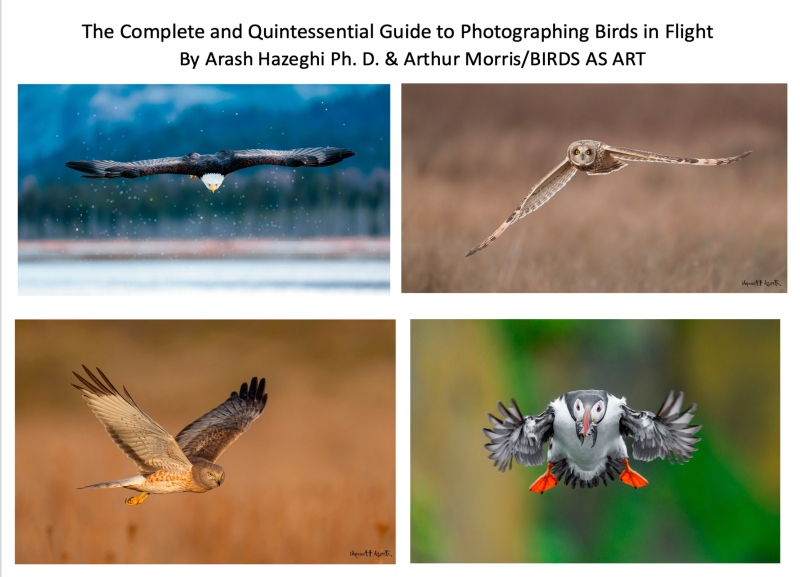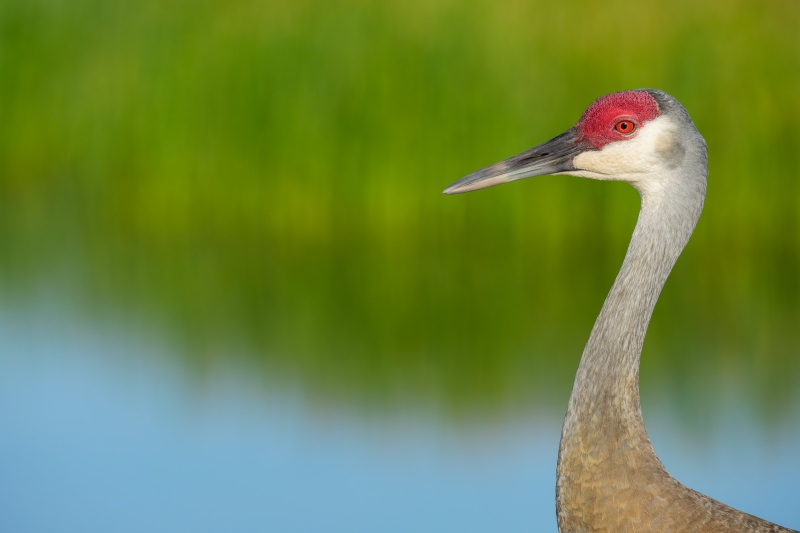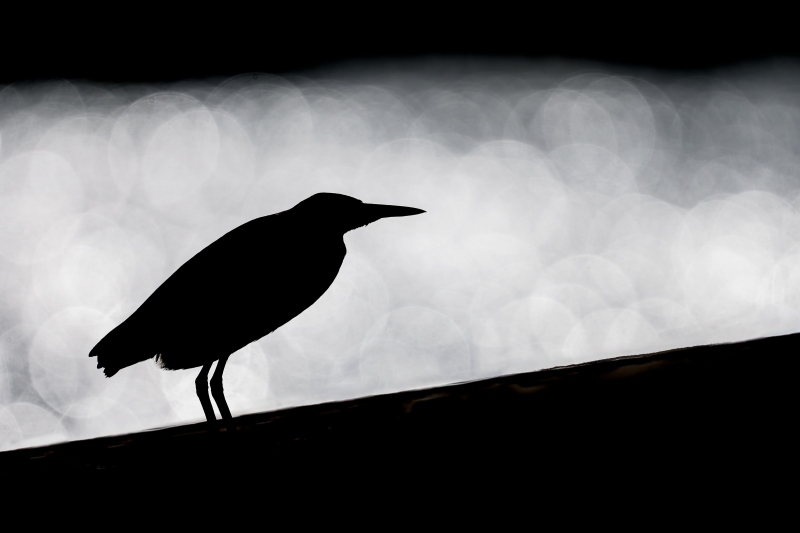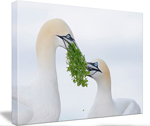|
|
|
After accidentally killing his toddler son, Dr. Greg Gulbransen set out to help not just patients but strangers. “Feeling needed, feeling useful, feeling important—they’ve helped me hide the demons,” he says. A Family Doctor’s Search for Salvation
|
A Family Doctor’s Search for Salvation
Long time readers are familiar with my friendship with pediatrician Greg Gulbransen. I have shared his story and his images here on the blog several times. He is an extraordinary photographer. More importantly, he is an extraordinary human being. He was profiled in the latest edition of The New Yorker Magazine. You can read the whole story here.
The writing by Joshua Rothman is also extraordinary. Rothman, who is legally blind, spent 14 months with Greg and dove quite deeply. In a speech announcing the Jimmy V Foundation for Cancer Research just before his death, late college basketball coach Jim Valvano said this: “If you laugh, you think, and you cry, that’s a full day. That’s a heck of a day. You do that seven days a week, you’re going to have something special.” Click on the link to read the article above and you will be at least 2/3rds of the way there for today.
In a phone conversation with Greg yesterday I asked him if he might not be doing the same stuff today if the accident had never happened. He was not quite sure but did say that he likely would have been doing similar stuff because of his upbringing. And he did mention that he loves the peace of mind that comes with doing photography.
|
|
|
The title says it all. Purchase your copy here. The Complete and Quintessential Guide to Photographing Birds in Flight
|
Missed the New Flight Guide?
You can learn about the just published The Complete and Quintessential Guide to Photographing Birds in Flight By Arash Hazeghi and Arthur Morris in the blog post here.
|
|
|
This image was created on 16 July down by the lake near my home at Indian Lake Estates, FL. Standing on the sand beach left of the pier, I used the Robus RCM-439 4-Section Carbon Fiber Monopod, 65/Wimberley MonoGimbal Head-supported Sony FE 400-800mm f/6.3-8 G OSS lens (Sony E) (at 674mm) and The Latest Greatest Sony Flagship Body, the a1 II Mirrorless Camera. The exposure was determined by Zebras with ISO on the rear wheel — ISO 1600: 1/2000 second at f/10 (stopped down 2/3 stop) in Manual mode. RawDigger showed that the exposure was dead solid perfect. AWB at 8:08:46am on a sunny morning. Tracking: Zone/AF-C with Bird-Eye/Face Detection performed well. Click on the image to enjoy the larger, inexplicably sharper high-res version. Image #1: Sandhill Crane — horizontal head and neck portrait |
You Could Not Make This Image on a Cloudy Morning I
I love cloudy conditions and soft light. I love being able to shoot in most directions without having to worry about sun angle. I love the rich colors you can produce and especially love not having to worry about harsh shadows on my subjects. That said, there is nothing like sweet early morning light. I stayed well back from the birds and zoomed out for this one. When I pressed the shutter button, I did not think that the photo would turn out to be anything special. But the rich, bright colors, the softness and quality and colors of the background, and the utterly simple image design have captivated me.
As I had been trying to create tight head portraits I had stopped down one full stop to f/11. I quite surprised and quite thrilled with the rendition of the marsh grasses.
Learn more about using a monopod and be sure to follow the link to the You Tube video in the blog post here.
|
|
|
This image was also created on 16 July down by the lake near my home at Indian Lake Estates, FL. Standing on the the pier, I used the handheld Sony FE 300mm f/2.8 GM OSS Lens (Sony E) with the Sony FE 2x Teleconverter and the Latest Greatest Sony Flagship Body, the a1 II Mirrorless Camera. ISO 400. Exposure determined via Zebras with ISO on the Thumb Wheel: 1/8000 sec. at f/5.6 (wide open) in Manual mode. RawDigger showed that the exposure was dead solid perfect: AWB at 8:38:27am on a sunny morning. Tracking: Zone/AF-C with Bird Eye/Face Detection enabled performed perfectly. Image #2: Green Heron strongly backlit on pier railing |
You Could Not Make This Image on a Cloudy Morning II
It is quite obvious that I could not have made this image on a cloudy day as I was shooting directly into the super-bright reflections of the sun on the water. Getting the right exposure in these situations is a difficult proposition for most camera systems. With Sony, I kept going darker and darker by lowering the ISO and raising the shutter speed until I saw only a few Zebras on the brightest highlights. The a-1 ii is the first camera that I owned that is able to autofocus accurately most of the time when the subject is framed by the glaring highlights.
Typos
With all blog posts, feel free to e-mail or to leave a comment regarding any typos or errors.


















Thanks for the link to Greg’s story.
You are most welcome.
artie
Both images are unusual and beautiful, but my favorite is #1 because of the incredibly rendered background colors that provide a perfect setting for the sandhill crane’s head.
Thanks Pat. #1 was made from exactly where we were sitting left of the pier!
with love, artie
It’s odd The New Yorker would call a pediatrician a family doctor. Pediatricians and family doctors have different training, different board certifications, etc.
Not my area of expertise doc, but I know that though Greg is taking care of the children he always involves the whole family (when they are around). Check out his Instagram reels here.
with love, artie